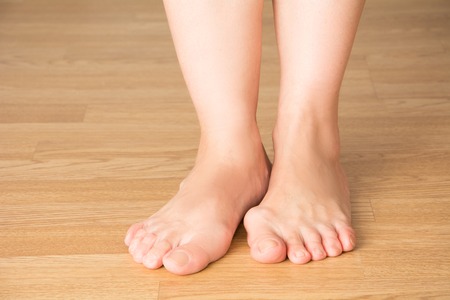
A bump on the joint of your big toe may indicate the formation of a bunion. As the bump grows larger, the toe will be forced over into the other toes, creating other problems including blisters, corns, and calluses. As the condition progresses, you may experience problems with over and underlapping toes. People who have bunions are also more likely to develop toe deformities including hammertoe. When the bunion bump forms on your pinky toe, it is called a bunionette and it pushes the pinky toe into the other toes.
4 conservative treatments for bunions include the following:
- Rest and ice—Take off your shoes and rest your foot to relieve pressure and stress. Ice packs applied to the bunion will reduce pain and swelling. Apply ice several times a day for ten minutes at a time.
- Reduce pain and swelling—Pain relievers such as ibuprofen and Tylenol can aid in pain and swelling reduction.
- Night splints and braces—An engineered night splint may be worn to bed to help pull your big toe away from the other toes.
- Wear the correct shoes and orthotic inserts—Footwear that has a wide toe box will provide room for the bunion without rubbing or pushing against your other toes and the inside of your shoes. Orthotic shoe inserts can help further isolate the bunion and prevent blisters and corns from developing.
If you are experiencing bunion pain, consult with your podiatrist for the best care. At Podiatry Center of New Jersey, Dr. Russell Samofal treats a variety of conditions such as sports injuries, diabetic foot problems, pediatric foot conditions, toe deformities, arthritis, nail fungus, arch problems and heel pain. Equipped with advanced technologies and a dedicated staff, Podiatry Center of New Jersey provides individualized high-quality care for patients all across Morris, Passaic, Bergen and Essex counties. For all your foot and ankle problems, contact our Wayne office at (973) 925-4111 for an appointment.















